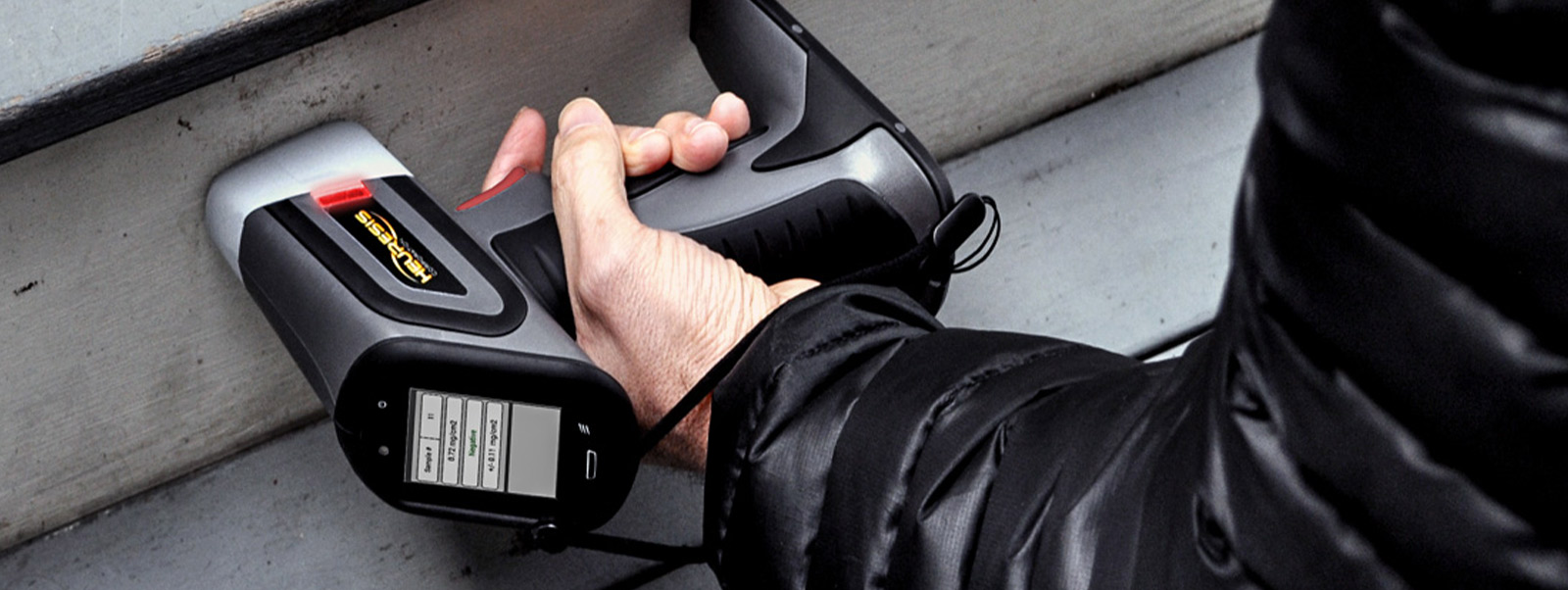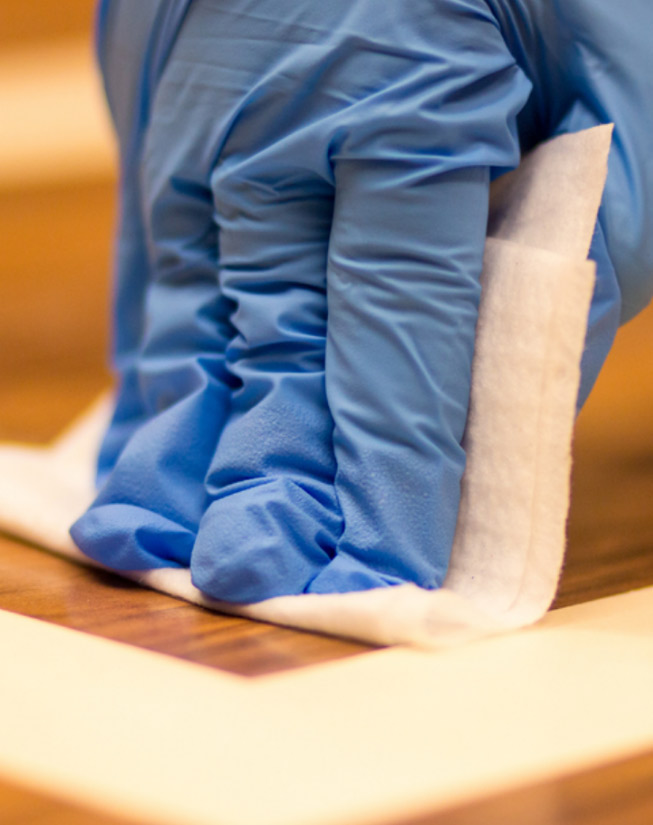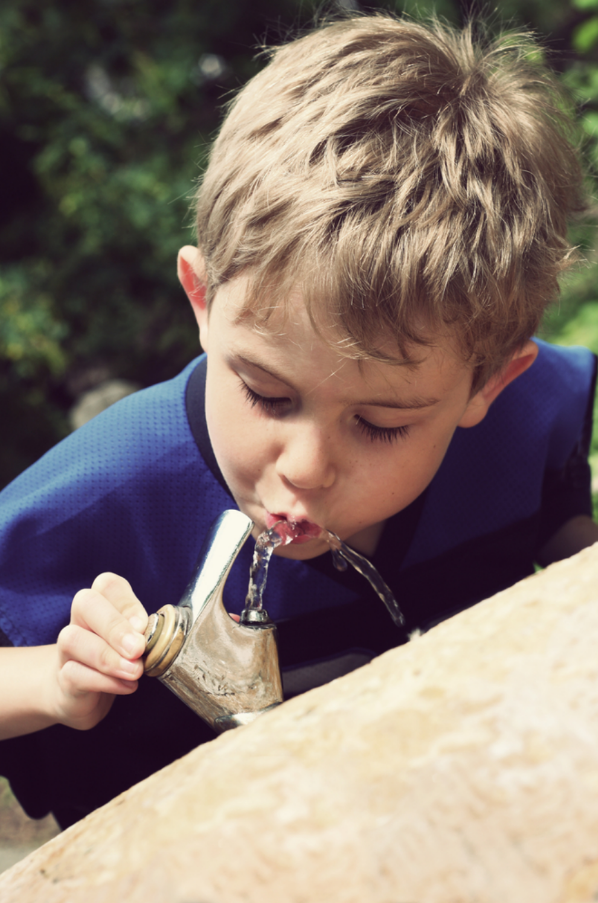
Lead Risk Assessment
Risk assessments are on-site investigations to determine the existence, nature, severity, and location of lead-based paint hazards accompanied by a report explaining the results and options for reducing lead-based paint hazards (40 CFR 745.227(d)(11)) (see Appendix 6). A lead-based paint hazard is any condition that causes exposure to lead from dust-lead hazards, soil-lead hazards, or lead-based paint that is deteriorated, or present in chewable surfaces, friction surfaces, or impact surfaces that would result in adverse human health effects. Risk assessments can be performed only by risk assessors certified or licensed by EPA or an EPA-authorized State, Tribe or Territory.
A risk assessment report must cover the following, at a minimum:
- Identification of the existence, nature, severity, source, and location of lead-based paint hazards, including soil and dust hazards as well as paint (or documentation that no such hazards have been identified).
- Description of the options for controlling lead hazards in the event that hazards are found, including interim controls and abatement measures.
In addition, a risk assessor may provide other information, such as:
- Suggestions on how to keep in a non-hazardous condition lead-based paint that will remain in a dwelling after present hazards are corrected.
- Recommended changes to the management and maintenance systems. By considering all hazards and examining resident and owner practices, a risk assessor can determine appropriate ways to control hazards and modify management practices so that the chance of hazards recurring is reduced.
- If the housing is HUD-assisted, that HUD considers a risk assessment of the housing to be valid for 12 months (see 24 CFR 35.165(b)(1)).
Lead Clearance Testing
Lead paint clearance is a sampling method to determine if a property is safe to occupy upon completion of abatement or renovation activities. Based on EPA and HUD threshold for lead in dust, SLC performs certified analytical sampling. A typical clearance includes:
- 1. A visual assessment of the worksite. We look for dust, debris and paint chips.
- 2. A review of the action plan to determine if the scope of work has been completed and no lead in paint hazards are identified.
- 3. Conduct dust wipe sampling of the work area and outside the work area including floors, window sills and window wells.
- 4. Wipe samples results are sent to a certified lead laboratory , and the results are reviewed to determine if the levels are below HUD and EPA action levels for lead in dust.
Lead-Based Paint Hazards are defined as:
10 ug/ft2 on floors
100 ug/ft2 on sills and wells
40 ug/ft2 on patio floors (Clearance only)
800 on concrete (Georgia only)
Service areas:
All Georgia, Pensacola and all of Florida and South Carolina.
Services:
Risk Assessments | Hazard Assessments | Osha Compliance

Water Testing
Southeast Lead Consultants is your company who can provide EPA lead in water testing. Whether a residential home or a school, SLC follows the guidance documentation provided by the EPA testing. Our certified drinking water laboratory provide quality and timely results.
Where to sample?
Any outlet for potable water is a potential source of drinking water. Some outlets are regularly used by students and staff for drinking, cooking, or making coffee. Others, like a mop sink in a utility closet, may rarely be used for consumption.
SLC recommends a minimum residential sampling scheme of kitchen and bathroom faucets.
EPA recommends the following sites as priority sites:
High priority:
- Drinking fountains, both bubbler and water cooler style
- Kitchen sinks
- Classroom combination sinks and drinking fountains
- Teacher’s lounge sink, nurse’s office sink
- Any sink known to be or visibly used for consumption (for example, coffee maker or cups are nearby)
Medium priority:
- Classroom sinks (potential for cups used for drinking, classroom cooking projects)
- Bathroom faucets (children may drink from these)
Low priority:
- Utility sinks and hose attachments, unless used to fill water jugs (for example, for sports team practice)
- Hot water outlets

